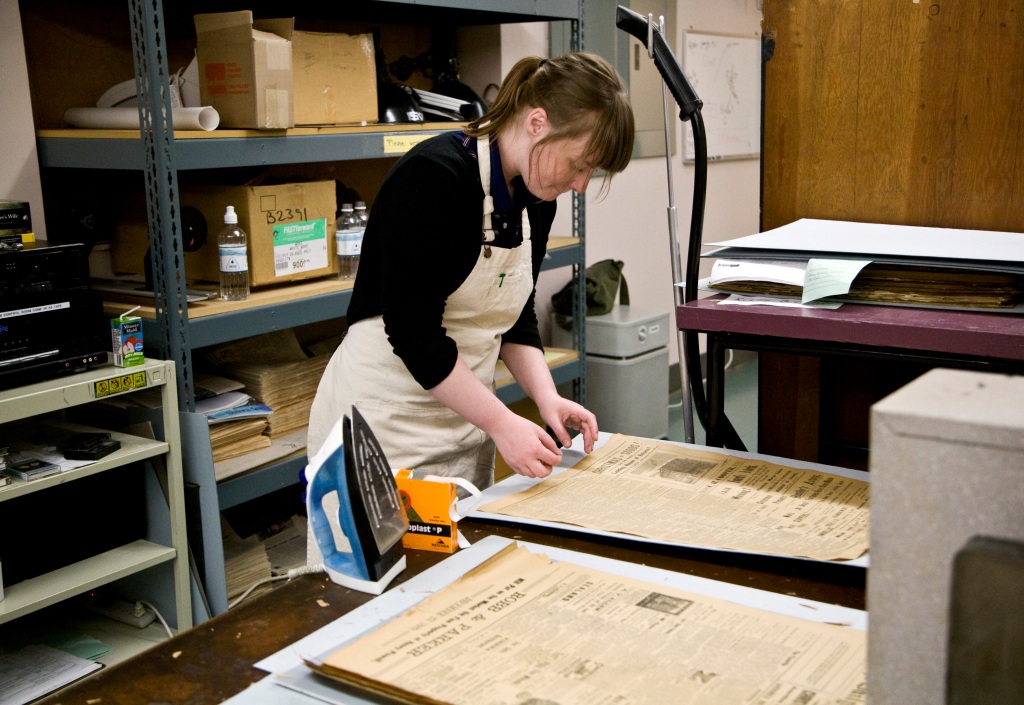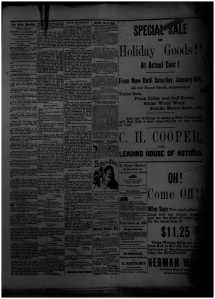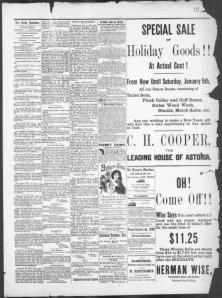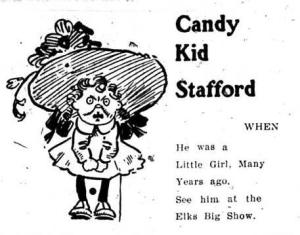You never know where historical research might take you…
I was looking around on the Internet this week, hoping to learn the full name of one P. C. Levar of Coos Bay, who had been editor and publisher of the Marshfield Coast Mail newspaper around the turn of the 20th century. While I was unable to discover what the “P. C.” stood for, I did unearth some unexpected information about the man’s writing career. As I discovered, Levar’s legacy rests not so much on anything he wrote while editor of the Coast Mail. Rather, to the extent that he is still remembered today, it is largely owing to a letter of his that was published in the early film journal, Moving Pictures World.
The letter–in which Levar criticizes the Biograph Film Company for their underhanded replacement of the actress originally known as the ‘Biograph Girl’–is clear evidence that the Hollywood ‘star system’ was already beginning to develop in 1910. Levar’s epistle is such an early and unambiguous example of what would eventually come to be known as ‘fan mail’ that the letter has been referenced, quoted, and even reproduced whole in a number of books about the formative days of the film industry, including Tom Gunning’s D.W. Griffith & the Origins of American Narrative Film, Eileen Bowser’s The Transformation of Cinema, 1907-1915, and Florence Lawrence, The Biograph Girl: America’s First Movie Star by Kelly R. Brown.
Here is the complete text of P. C. Levar’s letter:


Although he does not use her name (probably he did not even know it, as film actors were not credited in those days), the ‘true and original’ Biograph Girl whom Levar favors is almost certainly Florence Lawrence. Lawrence is generally regarded by film scholars as the first true American movie star. Hers was an eventful, very colorful, and ultimately tragic life. Readers who would like to learn more are directed to her biographic entry in the northernstars movie database, as well as Mary L. Grau’s lengthy and detailed Blog article. At Chronicling America, a name search of all papers presently digitized yields 100 pages with information on Florence Lawrence (see one exemplary page below). As if that weren’t enough, you can also read about her contributions to automotive engineering history. (Yes, the same Florence Lawrence!)

After her relationship with Biograph ended, Lawrence went on to work for other pioneering film production companies, including Lubin Studios, Independent, Universal and Victor. She would appear in more than 270 pictures; at the height of her career earning more than $1 million per year. Prints of her films have become rare, but on YouTube you can view her work in the 1909 Biograph short, ‘Those Awful Hats.’ —Jason A. Stone















